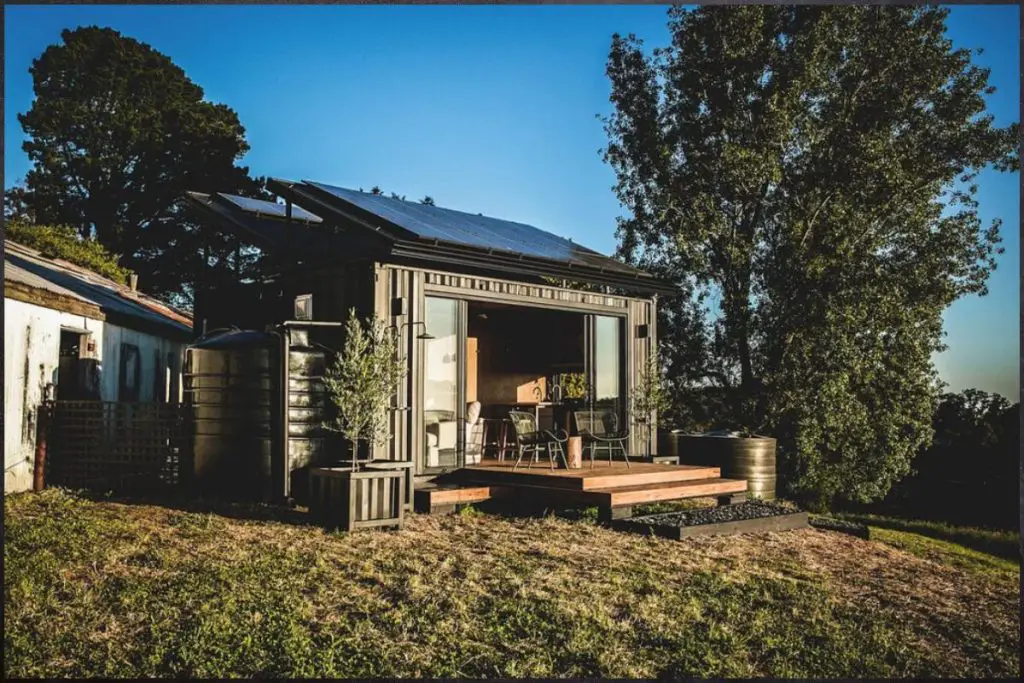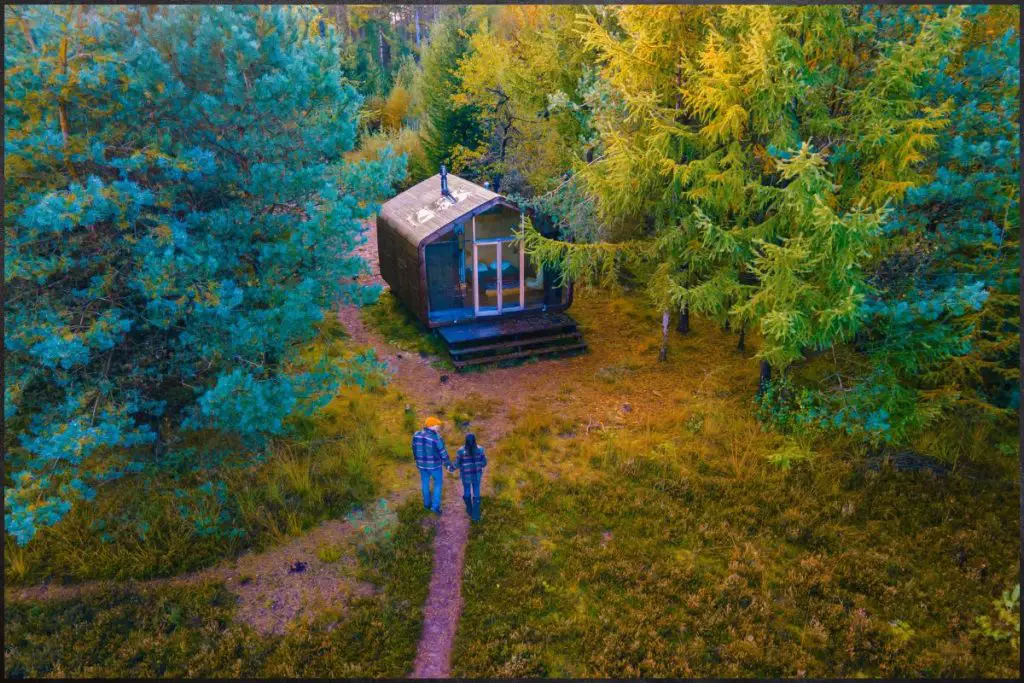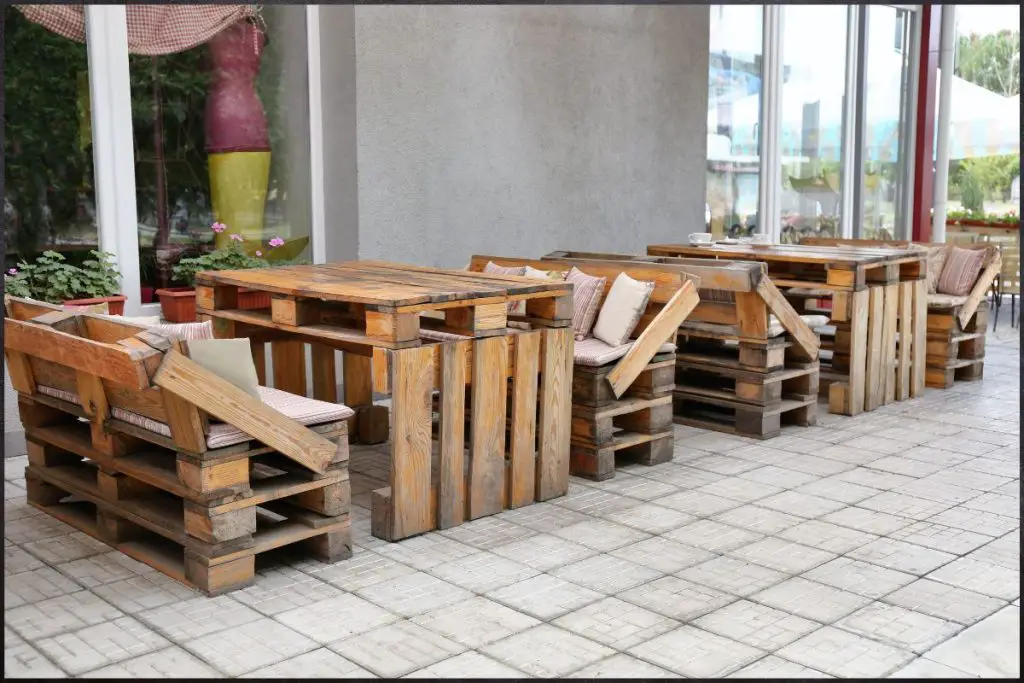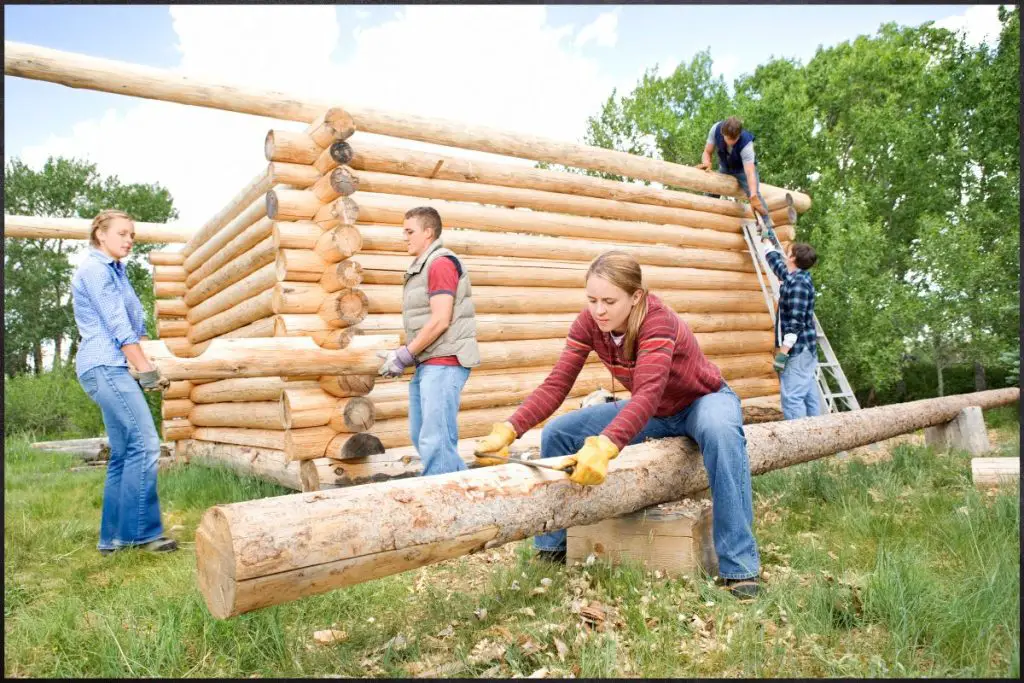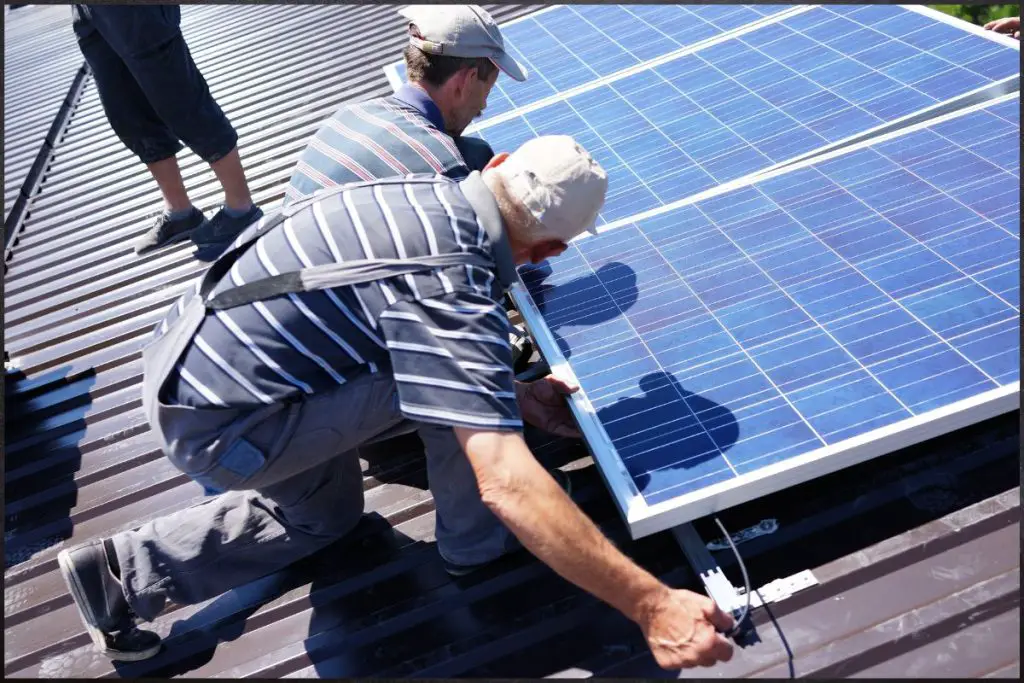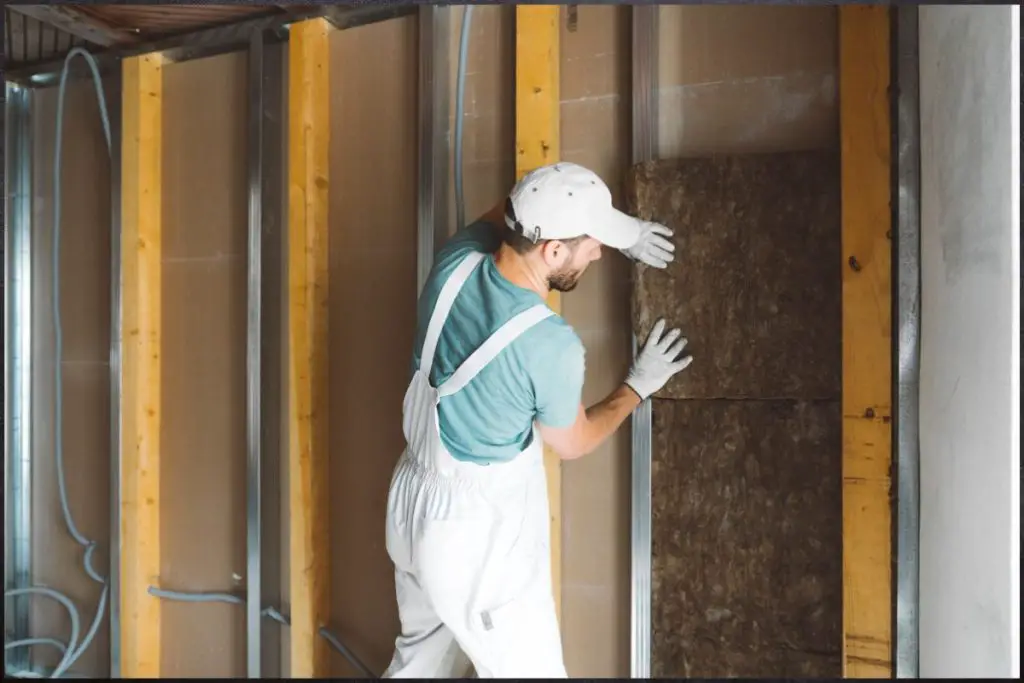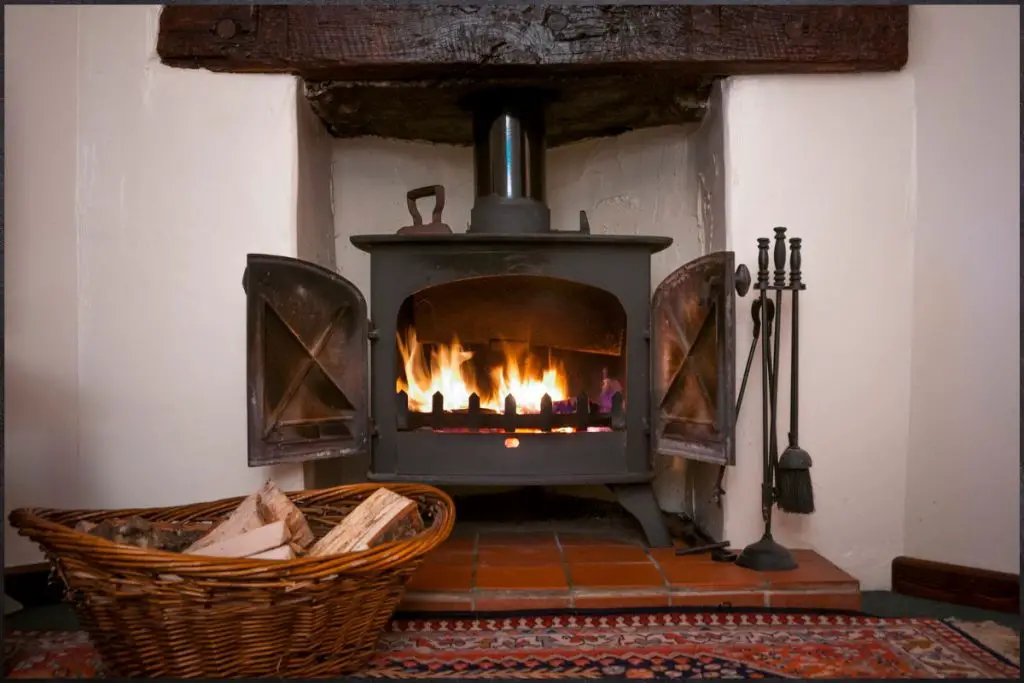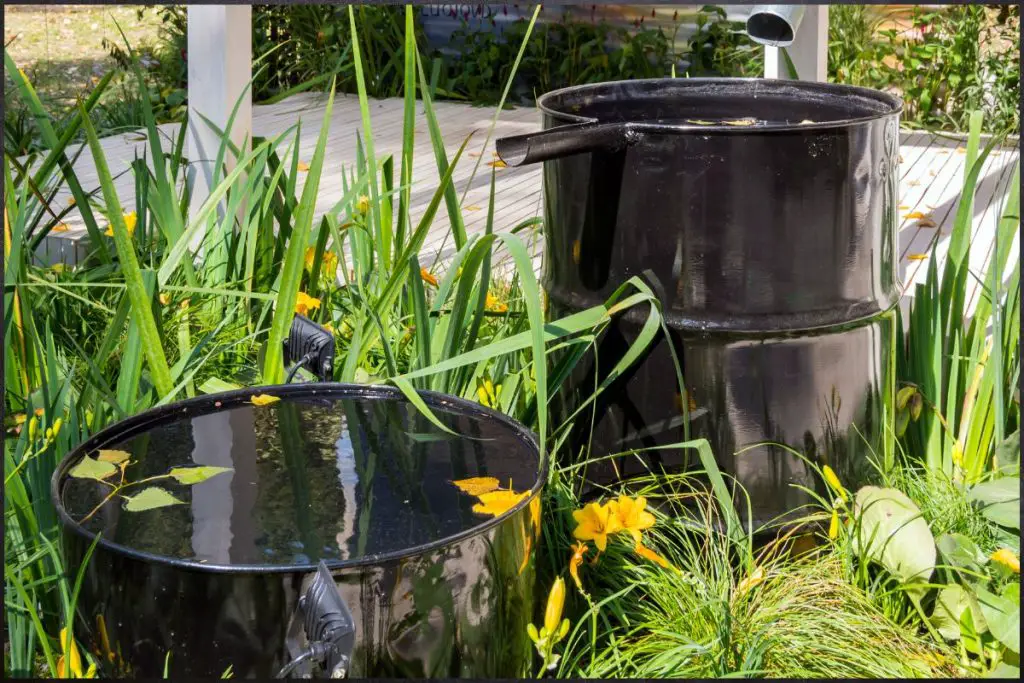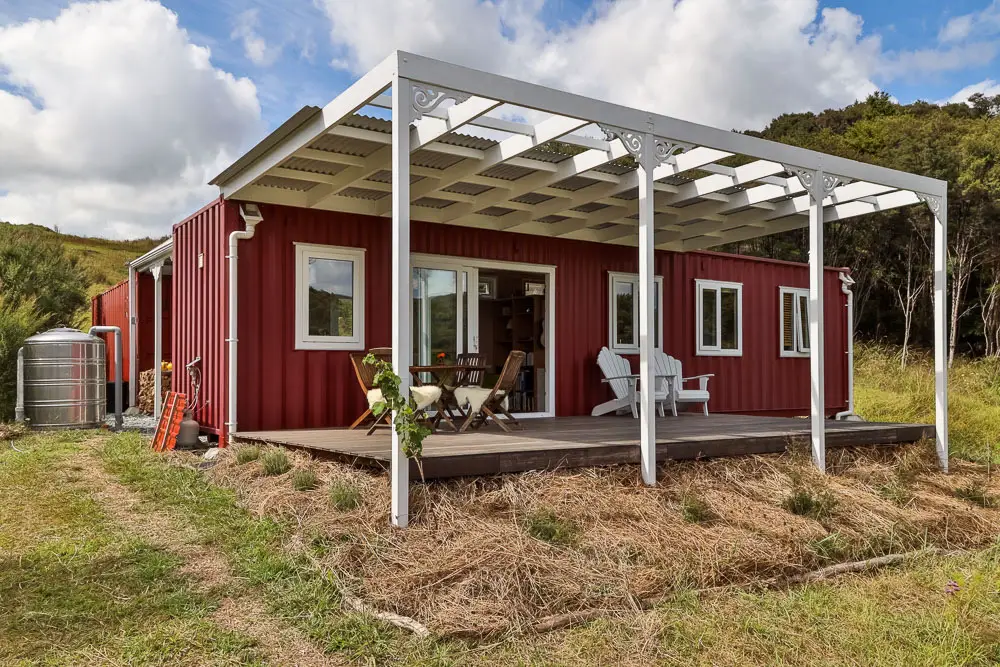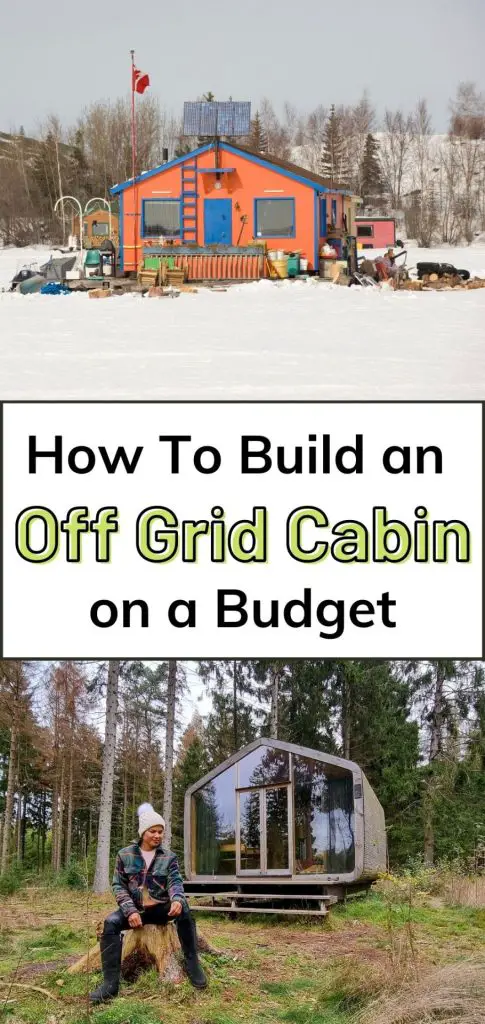Building an off grid cabin on a budget requires careful planning and execution. With a little creativity and resourcefulness, it is possible to build a comfortable and stylish cabin without breaking the bank. Here are some tips for building an off grid cabin on a budget:
-Start by assessing your needs and priorities.
What kind of cabin do you want? What are your must-haves? Make a list of everything you need and want in your cabin, then rank them in order of importance. This will help you focus your efforts (and your budget) on the features that matter most to you.
-Research different building methods and materials.
There are a variety of ways to build an off-grid cabin, and the method you choose will impact the cost. Talk to friends, family, and other off-grid living enthusiasts to get ideas and advice. Once you have an idea of what you want, start pricing out materials and estimating costs.
-Get creative with your financing.
There are a number of ways to finance an off-grid homes project, from traditional loans to crowdfunding. If you’re not sure where to start, talk to a financial advisor or banker about your options.
-Barter and trade for materials and labor.
If you have skills or goods to trade, you may be able to get discounts or trade for materials and labor. This is a great way to save money on your project while helping out others in your community.
-DIY as much as possible.
One of the best ways to save money on an off-grid cabin is to do as much of the work yourself as possible. If you’re not experienced in construction, start with smaller projects and work your way up.
With careful planning and a little creativity, it is possible to build completely off-grid cabin on a budget. By focusing on your needs, researching different building methods, and getting creative with your financing, you can make your dream cabin a reality.
The Top 10 Tips for Building an Off-Grid Cabin on a Budget
If you’re looking to build an off-grid cabin on a budget, there are a few things you’ll need to keep in mind. With careful planning and execution, it is possible to build a comfortable and stylish cabin without breaking the bank. Here are some tips for building an off-grid cabin on a budget.
1. Choose the right location.
One of the most important factors in building an off-grid cabin on a budget is choosing the right location. Look for a spot that has good solar exposure and access to water. You’ll also want to make sure there are no building restrictions in place that would limit what you can do with your cabin.
2. Use recycled materials.
One way to build an off-grid cabin on a budget is to use recycled materials. Look for things like used shipping containers, pallets, and even old tires that can be repurposed into building materials. Not only will you save money by using recycled materials, but you’ll also be doing your part to help the environment.
3. Build a small cabin.
Another way to build an off-grid cabin on a budget is to keep it small. A smaller cabin will be easier and cheaper to build, heat, and cool. When choosing the size of your cabin, think about how you’ll be using it and how many people will need to be accommodated.
4. Use renewable energy sources. (Solar panels etc.)
If you’re building an off-grid cabin, you’ll need to find alternative energy sources to power it. Solar panels are a great option, but you may also want to consider wind or hydro power. Alternatively, you could use a generator, but you’ll need to make sure it’s properly maintained and has enough fuel to last you through the winter.
5. Insulate your cabin.
Proper insulation is essential for any off-grid cabin, especially if you’re in a cold climate. You’ll need to insulate the walls, floors, and ceiling of your cabin to keep the heat in and the cold out. There are a variety of insulation materials available, so be sure to choose one that’s right for your climate and budget.
6. Use efficient lighting.
Lighting can be a big expense for an off-grid cabin, so it’s important to use efficient lighting fixtures and bulbs. LED bulbs are a great option because they use less energy and last longer than traditional incandescent bulbs. You should also install fixtures that can be used with alternative energy sources, like solar power lights.
7. Choose simple fixtures and finishes.
When selecting fixtures and finishes for your off-grid cabin, choose simple and inexpensive options. For example, instead of a expensive chandelier, opt for a basic ceiling light. Likewise, select finishes that are easy to clean and maintain, like laminate countertops instead of granite.
8. Install a wood stove.
A wood stove is a great way to heat an off-grid cabin on a budget. Not only will it provide warmth, but you can also use it to cook and heat water. When choosing a wood stove, be sure to select one that’s the right size for your cabin and that’s certified by a reputable agency.
9. Collect rainwater.
If you’re building an off-grid home, you’ll need to find a way to collect and store water. One option is to collect rainwater, which can be used for drinking, cooking, and cleaning. You’ll need to install gutters and downspouts to collect the rainwater, and you’ll also need a storage container to hold it.
10. Practice simple living.
One of the best ways to build an off-grid homes on a budget is to practice simple living. This means doing things like growing your own food, using natural resources wisely, and minimizing your consumption. By living simply, you’ll not only save money, but you’ll also reduce your impact on the environment.
Is it cheaper to build a cabin?
Building an off-grid homes can be a great way to save money and live a more sustainable lifestyle. But before you start construction, it’s important to calculate the cost of materials and labor. The total cost of an off-grid cabin will vary depending on the size and complexity of the project, but you can expect to spend anywhere from $5,000 to $50,000. To get a better idea of what your specific project will cost, consult with a contractor or architect who specializes in off-grid home construction.
Cabin Foundation
One of the most important aspects of off grid cabin build is creating a strong and durable foundation. The type of foundation you’ll need will depend on the climate, the weight of the cabin, and the ground conditions. Some common types of foundations for off-grid cabins include pier, post, and beam foundations. To ensure your foundation is up to code, consult with a licensed contractor or engineer.
Cabin Walls
The walls of an off-grid home need to be well-insulated and weatherproof in order to protect against extreme temperatures and moisture. There are a variety of materials you can use for your cabin walls, including logs, plywood, and OSB. If you’re not sure which material is right for your project, consult with a contractor or architect who specializes in off-grid construction.
Cabin Roof
The roof of an off-grid tiny homes needs to be able to withstand heavy snowfall and high winds. There are a variety of roofing materials you can use for your cabin, including asphalt shingles, metal, and slate.
Cabin Heating
One of the challenges of living in an cabin is keeping it warm during the winter months. There are a variety of heating options you can use for your cabin, including wood stoves, propane heaters, and electric heaters.
Cabin Cooling
During the summer months, it’s important to keep your off-grid cabin cool to prevent excessive heat and humidity. There are a variety of cooling options you can use for your cabin, including fans, air conditioners, and evaporative coolers.
Cabin Electricity
One of the benefits of off-grid living is being able to generate your own electricity. There are a variety of ways you can generate electricity for your cabin, including solar panels (solar system), wind turbines (wind power), and generators.
Cabin Water
One of the challenges of off-grid living is having to haul water from a nearby source. There are a variety of ways you can collect and store water for your cabin, including rain barrels, cisterns, water tank and well pumps.
Cabin Sewage
Another challenge of sustainable living in an off-grid home is dealing with sewage. There are a variety of options you can use for your cabin’s sewage system, including septic tank, composting toilets, and outhouses. If you’re not sure which option is right for your project, consult with a contractor or architect who specializes in off-grid construction.
Conclusion
Building an off-grid home on a budget requires careful planning and execution. With a little creativity and resourcefulness, it is possible to build a comfortable and stylish cabin without breaking the bank. By following these tips, you can make your dream of living in an off-grid cabin a reality.
More on Livinginacontainer.com
Follow Living in a Container on Facebook, Instagram and Pinterest for more stories like this. If you have a story to share, email us at info@livinginacontainer.com.

